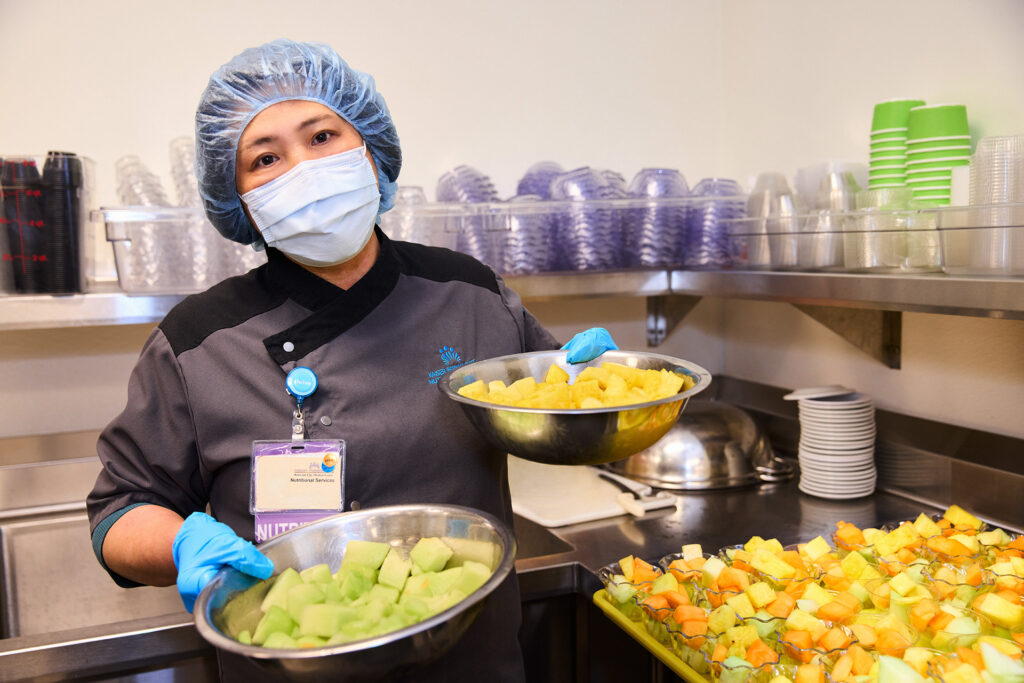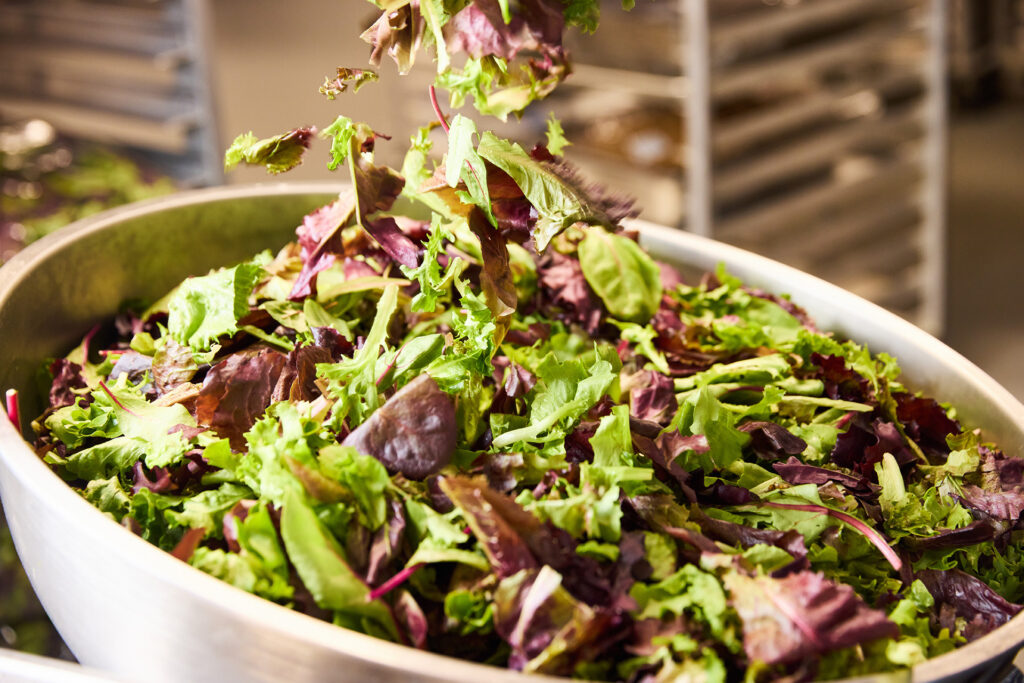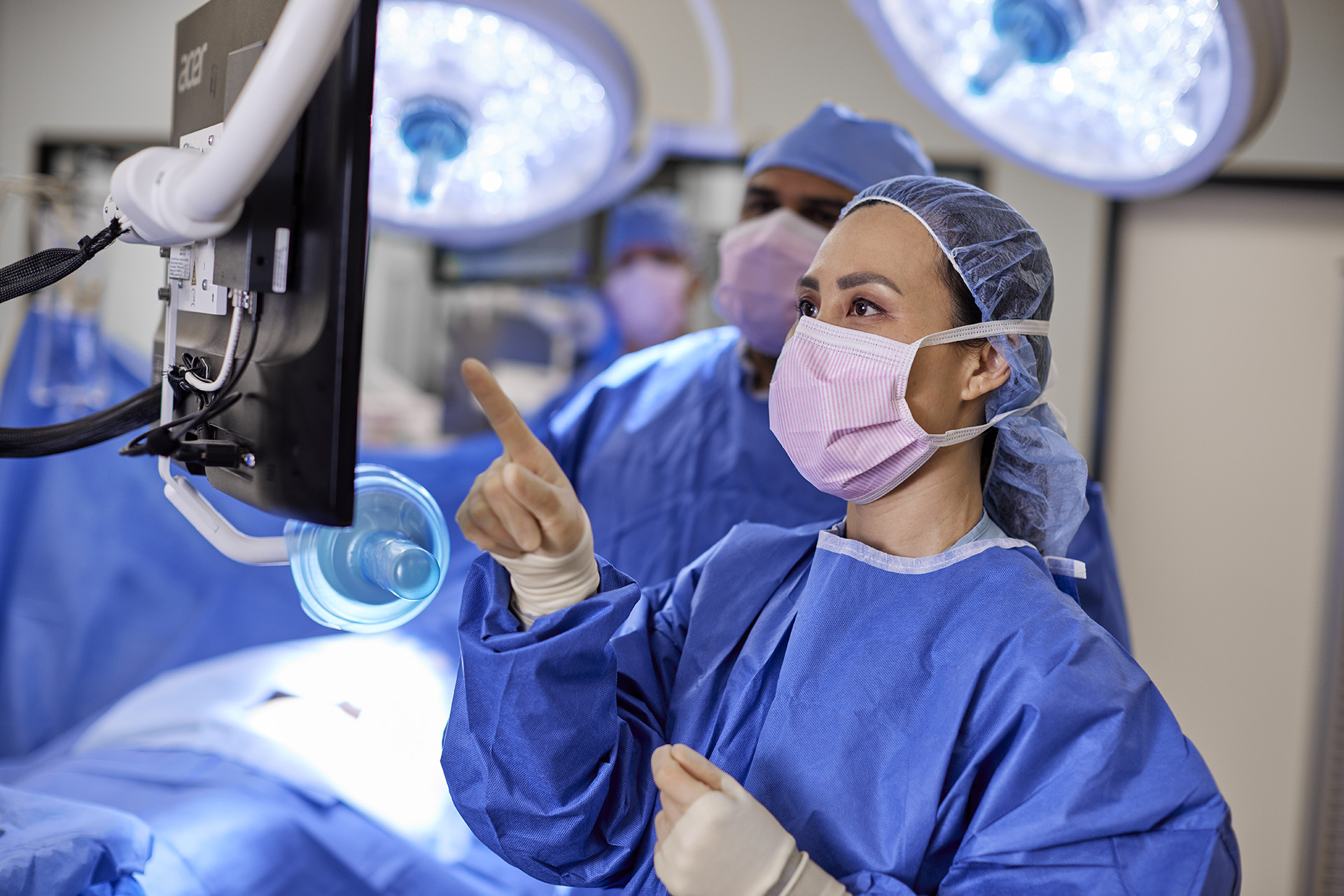Matzo ball soup, green tea cake, baklava, and dates don’t sound like typical hospital food.
But at Kaiser Permanente’s 21 Northern California’s hospitals, they are. Patients were recently treated to these foods during Passover, Chinese New Year, and the end of Ramadan to honor their cultural and religious holidays.
“We’re expanding our cultural and religious offerings around food because it is the right thing to do,” said Priya Prabakar, a director of Food and Nutrition Services at Kaiser Permanente. “Nutrition should always be a part of a health plan, and what better way to do that than serve people the foods they want during their holidays?”

Later this year, hospitals are considering meals to celebrate Pride Month (a chopped rainbow salad) Diwali (an Indian sweet) and Hannukah (latkes with sour cream and apple sauce). These six new observances join Thanksgiving, Christmas, and Easter — holidays that have long been on the hospital menu, Prabakar added.
The cultural and religious food additions provide familiar faire to those who can’t be with family and friends, and they demonstrate respect for the diversity of Kaiser Permanente’s communities, said Prabakar.

Marking these holidays is part of a much broader goal, initiated about 10 years ago to make the hospital meals more appealing. Much of the work has centered around using fresh, locally sourced food with the idea that healthy food will help patients recover.
“We believe that food is medicine, and good nutrition plays a huge role in patients’ recovery and wound healing,” said Prabakar. “All our patients are getting high-quality, portion-controlled food every day. And it’s going to be exactly the nutrition they need.”

At Kaiser Permanente, for example, patients might choose whole grain French toast with blueberries and turkey sausage for breakfast, the Kale Super Salad with roasted cauliflower, red and golden beets, and toasted pumpkin seeds for lunch, and the Napa Valley braised beef with gremolata, white potato slices, and broccoli for dinner.
One would think that preparing 7,500 to 9,500 meals each day would reduce quality, but grass-fed meats, antibiotic-free poultry, eggs, vegetables, and fruit from Northern California ranches and farms keep the menus fresh and tasty.
A head of lettuce grown at Hitchcock Farms near the town of Salinas, for example, is just about an hour’s drive away from the central kitchen in Union City. Beef is sourced from Marin Sun Farms in nearby Marin County.
“We’re a local vendor, just 80 miles from Kaiser’s central kitchen,” said Dan Holt, vice president of sales at Hitchcock Farms. “Knowing our food goes to Kaiser patients in a window of freshness makes us feel proud.”
That kind of careful sourcing is key to patient health, said Prabakar.
“Every single one of our patients is going to get fresh food daily,” she said. “Food is very intricately tied to preventing illnesses and disease. So, we see food as a prescription, as well as having it taste good.”





Comments (4)
I was recently hospitalized, and found all the meals to be thoughtfully designed and thoughtfully prepared. I wish I could get recipes for some of them to help broaden what I prepare for myself at home.
Thank you for sharing your commitment to offering diverse meal choices that cater to the preferences of your patients, including plant-based options. While providing a variety of choices is indeed respectful and beneficial, we must also consider the significant health benefits of eliminating meats and dairy, which are known to cause health issues for many.
As medical professionals, we rely on your expertise and guidance to help us make the best decisions—not just based on what patients want, but what they need. The hospital setting is an ideal place to offer this guidance, teaching patients how to adopt healthier lifestyles, similar to how we learn other methods for better health.
I believe Kaiser has the resources and capability to bring in chefs and programs that make the transition to healthier eating enjoyable and sustainable. There are numerous resources available, such as the “Joyful” cookbook by Shetty and “Forks Over Knives,” which offer diverse and culturally rich recipes.
For example, tofu is one of the most digestible and healthy foods. Please consider leading the way in this crucial area. We’re counting on you to help us achieve better health outcomes through informed and guided dietary choices.
Thank you for your attention to this matter.
Sincerely,
Jaimene
We use an evidence-based approach to our food program by offering a wide variety of meal choices that meet the diversity of our patients’ preferences to help them eat better and recover quicker, which includes offering plant-based options. We aim to place the patient at the center of their care plan by allowing them to choose what works for each individual.
I applaud any effort to improve, but since Kaiser recommends whole food plant based diets, why isn’t that the goal for hospitalized patients?
Comments are closed.